Tourist Who Stole 2,400-Year-Old Greek Artefact Returns It 50 Years Later for One Specific Reason
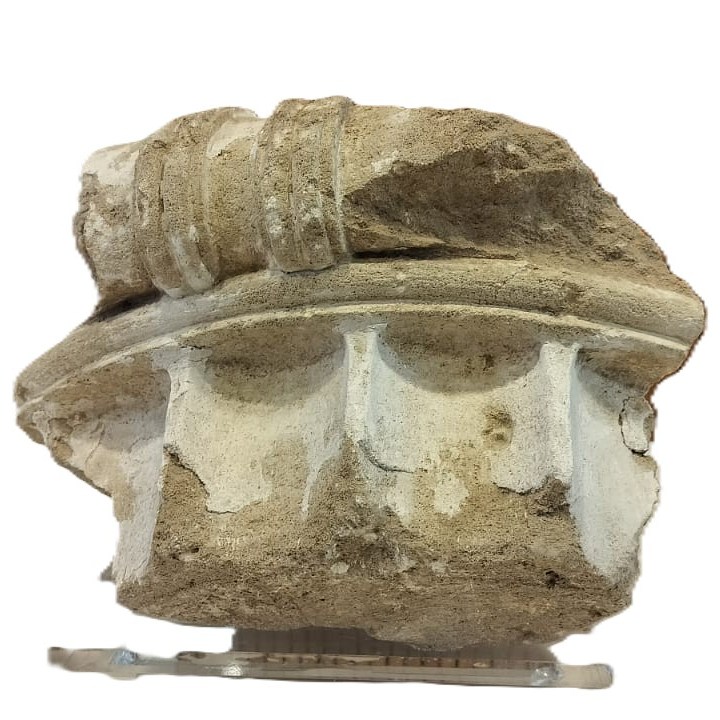
Something heavy sat on a shelf in Germany for half a century. Limestone, weathered by millennia, measuring nine inches high and thirteen inches wide. A German woman kept this object through decades of life changes, moves, and aging. She knew exactly where it came from and how she obtained it. Recently, everything changed.
News stories about artifact returns caught her attention. Universities and museums across Europe began sending stolen antiquities back to their countries of origin. One institution in particular kept appearing in headlines. Reading about these repatriations triggered something dormant for fifty years. Conscience finally overcame whatever impulse had driven her to take the object in the first place.
Friday ceremony at Ancient Olympia Conference Center marked the end of her secret. Greek officials gathered to receive something stolen from the birthplace of the Olympic Games before many of them were born. What she returned represents more than just a piece of carved stone.
German Tourist’s Five-Decade Secret Finally Ends
German woman who stole 2,400-year-old Greek relic returns it 50 years later: ‘Never too late to do the right thing’ https://t.co/nbWNkLoSSF pic.twitter.com/lmJ1S1Aasf
— New York Post (@nypost) October 13, 2025
Olympia in the 1960s bustled with archaeological excitement. Recent excavations had just uncovered new sections of ancient structures. Tourists could walk through ruins that hadn’t seen daylight in over two thousand years. Security measures remained minimal compared to modern standards. Visitors wandered freely among fragments of columns, pottery shards, and carved stones scattered across the site.
One German woman touring these newly revealed ruins spotted a limestone fragment that caught her eye. Ionic column capital, decorative top piece from one of the massive pillars that once supported grand colonnades. She picked it up. She took it home to Germany. For the next fifty years, nobody knew what she had done.
No records indicate why she initially took the artifact. Perhaps she viewed it as a harmless souvenir from vacation travels. Maybe she didn’t fully grasp what she held. Archaeological awareness in the 1960s differed dramatically from today’s understanding of cultural heritage protection. Many tourists from that era collected pieces from ancient sites without considering consequences.
Whatever her original reasoning, she kept the stolen object through five decades of changing social attitudes toward cultural property. Guilt may have accumulated gradually. Or perhaps she simply tucked it away and forgot its significance until recent news coverage reminded her.
Ancient Olympic Village Lost Piece of History
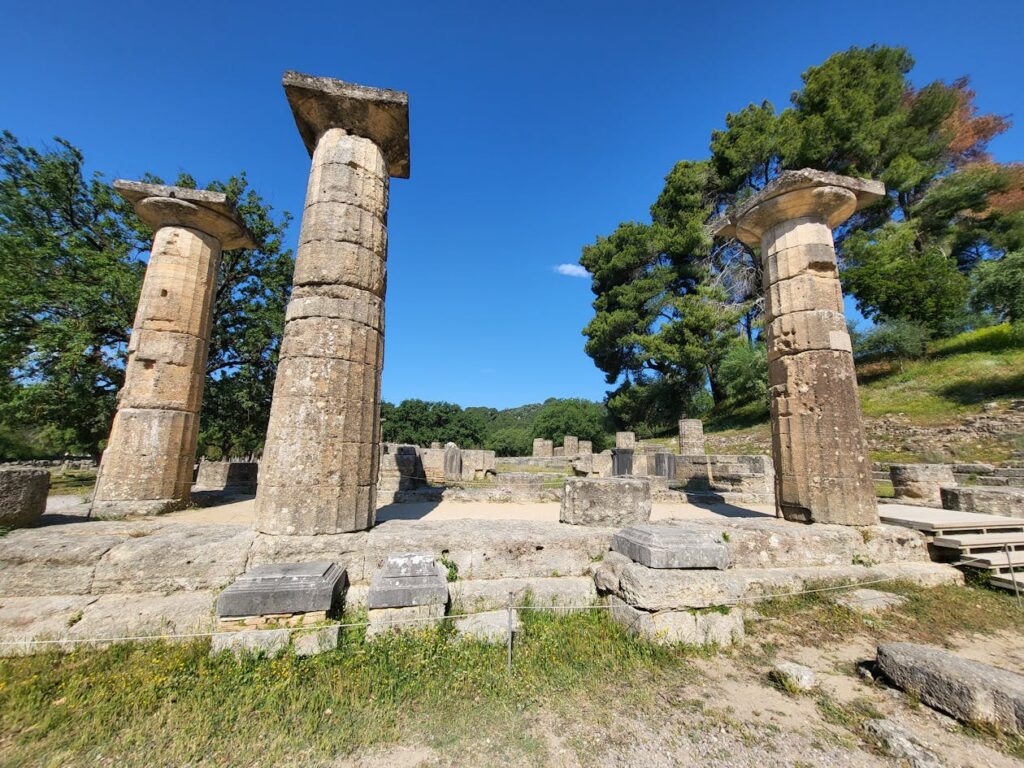
Leonidaion served as prestigious guesthouse for Olympic athletes, distinguished visitors, and important dignitaries attending ancient games. Built in the 4th century BC, this massive structure represented the largest building in the entire sanctuary of Olympia. Named after benefactor Leonidas of Naxos, the guesthouse featured Ionic colonnades on all four sides, creating elegant covered walkways around the perimeter.
Athletes who competed in the original Olympic Games walked through spaces adorned with columns topped by capitals like the one stolen. Winners of foot races, wrestling matches, and chariot competitions passed beneath these architectural features. Each carved stone piece contributed to the overall grandeur of facilities that welcomed the ancient world’s elite.
Column capital measures nine inches high and thirteen inches wide, carved from limestone by artisans 2,400 years ago. Size makes it portable enough for determined tourist to carry away, yet substantial enough to have been noticeable component of the original structure. Fragment represents just one piece of much larger architectural puzzle archaeologists work to reconstruct.
Removing any artifact from archaeological context destroys information forever. Archaeologists cannot study objects properly when separated from their original locations. Pattern recognition across multiple fragments becomes impossible. Each piece tells part of larger historical story, and taking one disrupts narrative comprehension for future generations.
University Repatriations Sparked Her Conscience
University of Münster began making headlines with artifact returns to Greece. Institution had developed reputation as proactive partner in cultural repatriation efforts. Recent high-profile cases caught international attention, including returns that made their way into German news coverage.
In 2019, university returned the Cup of Louis, ancient drinking vessel dating to sixth century BC that had been awarded to Spyros Louis, winner of the first modern Olympic marathon in Athens in 1896. Following year, 2024 brought repatriation of Roman-era marble head that once adorned cemetery in Thessaloniki.
These stories reached the German woman who had kept Olympia fragment hidden for decades. Reading about university facilitating returns triggered decision that had been delayed for half a century. She recognized pathway to redemption through institution already committed to doing right thing.
Woman voluntarily contacted University of Münster and surrendered the stolen capital. University officials, in turn, coordinated with Greek Culture Ministry to arrange proper repatriation. Process demonstrated that institutions willing to act as intermediaries can encourage individuals to come forward without fear of prosecution.
Greece Praises Courage Over Condemning Crime
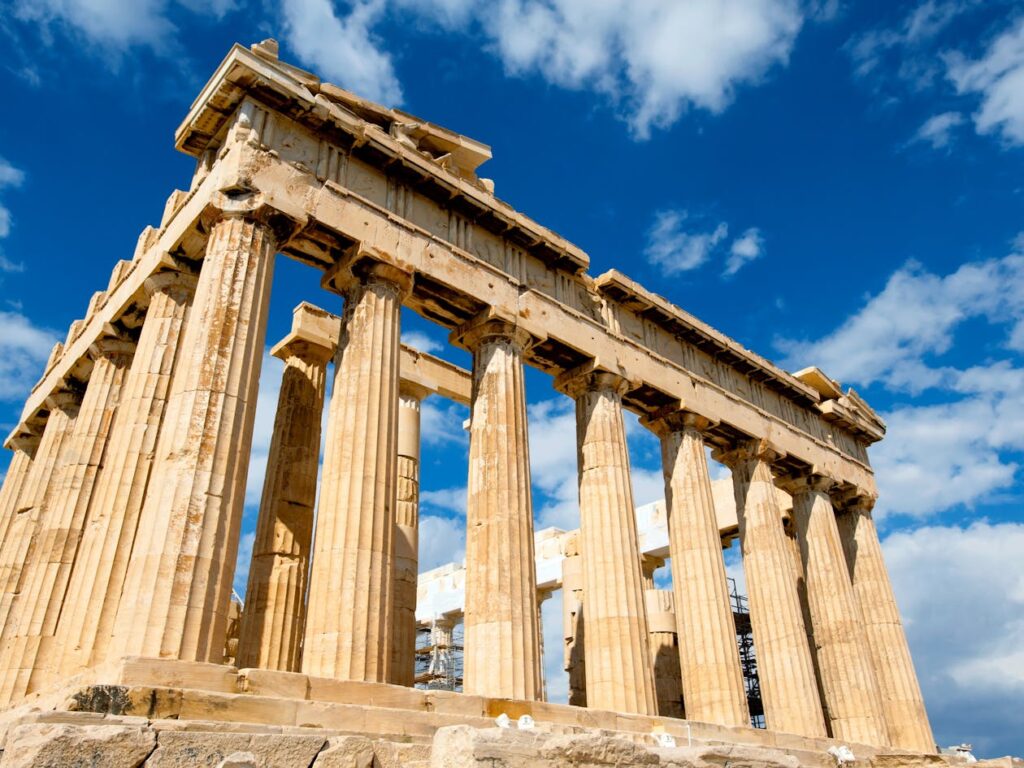
Greek officials could have responded with anger, legal threats, or demands for criminal prosecution. Instead, Culture Ministry chose different approach when receiving returned artifact. Official statements emphasized gratitude and moral courage rather than focusing on the original theft.
Ministry praised woman’s “sensitivity and courage” in public announcements about the return. Strategic messaging sent clear signal to anyone else holding wrongly acquired artifacts: coming forward will be met with appreciation rather than punishment.
Culture Secretary General Georgios Didaskalos spoke at handover ceremony, framing return in terms of international cooperation rather than crime and punishment. “This is a particularly moving moment,” Didaskalos stated. “This act proves that culture and history know no borders but require cooperation, responsibility, and mutual respect. Every such return is an act of restoring justice and at the same time a bridge of friendship between peoples.”
Gracious response serves practical purpose beyond simple forgiveness. Greece has been working for decades to broker deals for artifact repatriation without resorting to legal action. Diplomatic approach encourages voluntary returns that might never happen if nations took aggressive legal stances toward every case.
Dr. Torben Schreiber Champions Moral Responsibility
Archaeological Museum curator at University of Münster has become vocal advocate for ethical artifact management. Dr. Torben Schreiber committed institution to examining all holdings for evidence of illicit acquisition. Any objects proven to have been wrongly obtained will be returned to countries of origin.
Schreiber emphasized that moral obligation has no expiration date. Speaking at the ceremony, he reinforced the message that redemption remains possible regardless of how much time has passed: “It is never too late to do what is right, moral, and just.”
University’s approach provides model for academic institutions worldwide. Many universities, museums, and private collections hold objects acquired during colonial periods or through questionable means. Proactive research into collection provenance, followed by voluntary returns, represents ethical standard that more institutions should adopt.
Münster’s track record of three major returns to Greece in recent years demonstrates sustained commitment rather than one-time gesture. Consistency builds trust between institutions and source countries, facilitating smoother negotiations for future repatriations.
Ceremony Becomes Bridge Between Nations
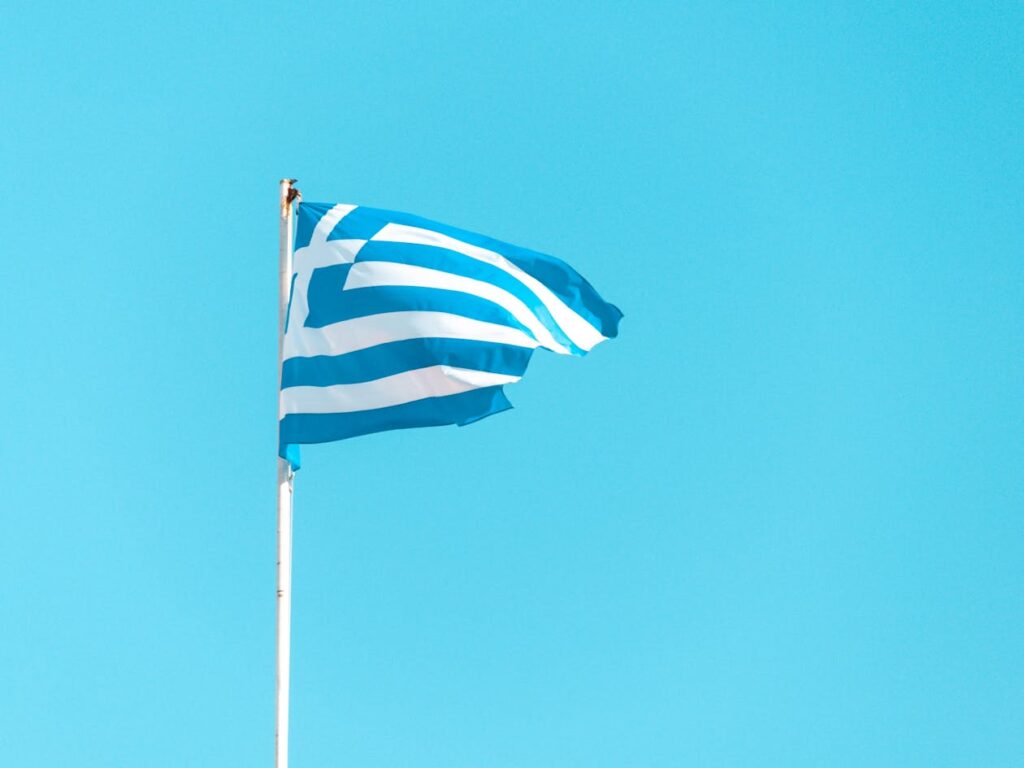
Handover at Ancient Olympia Conference Center carried symbolic weight beyond simple property transfer. Event represented restoration of cultural heritage, acknowledgment of historical wrongs, and building of diplomatic goodwill between Germany and Greece.
Greek officials emphasized themes of cooperation and mutual respect throughout proceedings. Return framed as example of how nations can work together to address cultural heritage issues without adversarial legal battles. Friendly resolution encourages similar actions from other individuals or institutions holding questionable artifacts.
Woman’s identity remains protected, allowing her privacy while still accomplishing public good of artifact return. Anonymity may encourage others in similar situations to come forward without fear of public shaming or prosecution.
Global Movement Pushes Artifact Repatriation
German woman’s return fits within larger international trend toward cultural heritage restitution. Museums worldwide face increasing pressure to examine how collections were assembled and return objects obtained through theft, colonialism, or exploitation.
Indigenous peoples across Americas, Africa, and Pacific regions have successfully reclaimed sacred objects, human remains, and culturally significant artifacts from Western institutions. Harvard University returned Chief Standing Bear’s tomahawk pipe to Ponca Tribe in 2022. Michigan State University sent 500-year-old mummy back to Bolivia in 2019 after storing it on campus for over century.
European museums hold countless artifacts taken during colonial periods. Debates rage about whether institutions like British Museum should return treasures acquired when European powers controlled territories across globe. Some argue objects are better preserved and more accessible in major museums. Others counter that cultural heritage belongs to peoples and nations of origin regardless of preservation concerns.
Greece continues pursuing return of Parthenon Marbles, held by British Museum since 19th century. Sculptures were removed from Acropolis by Lord Elgin and have remained in London despite decades of diplomatic efforts. Multiple European governments have supported Athens’ position since early 1980s, yet British Museum maintains its legal right to keep the marbles.
What Tourists Don’t Understand About Taking Souvenirs
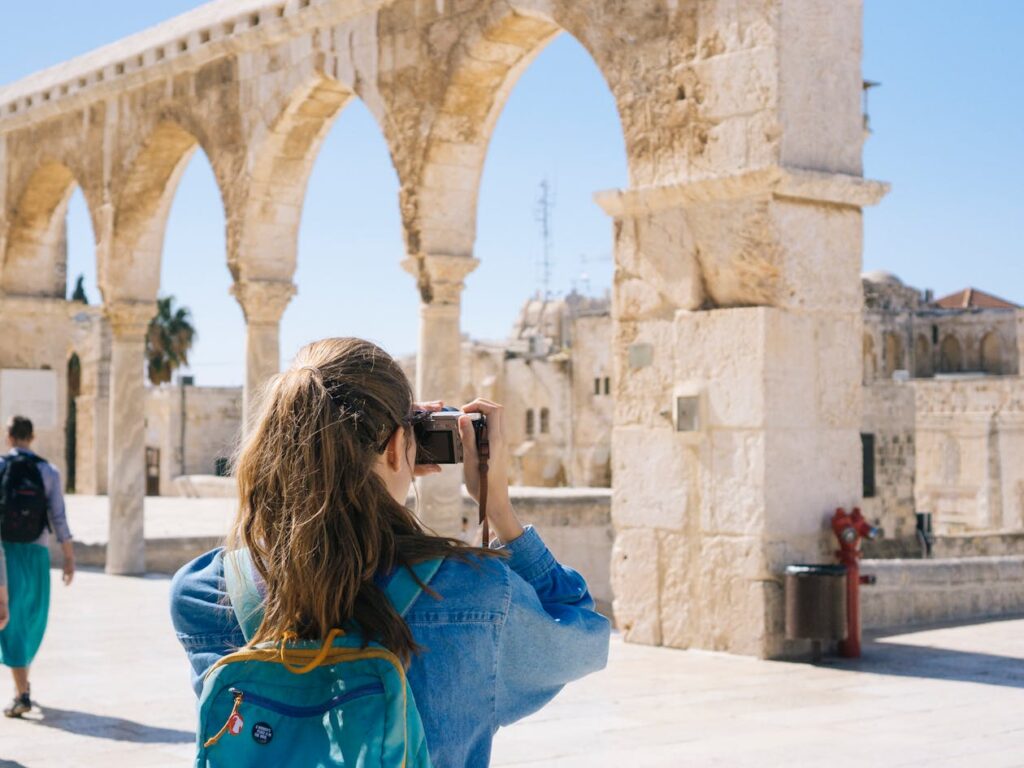
Casual artifact theft by tourists causes cumulative damage to archaeological sites worldwide. Individual acts may seem minor, but thousands of visitors each taking “just one small piece” results in catastrophic loss of historical information.
Archaeological context matters as much as objects themselves. Knowing exactly where fragment was found, what surrounded it, and how it related to nearby objects provides crucial data for understanding past cultures. Removing items destroys this contextual information permanently.
Modern archaeological sites implement strict rules against touching or removing anything. Guards patrol actively. Barriers prevent close approach to sensitive areas. Educational signage explains why preservation matters. These measures didn’t exist in many locations during 1960s when German woman visited Olympia.
Changing social attitudes toward cultural heritage have made younger generations more aware of issues their predecessors overlooked. What seemed like harmless souvenir collecting to mid-20th century tourists now appears as theft of humanity’s shared heritage.
Fragment Will Be Conserved and Displayed
Greek officials announced plans for professional conservation treatment of returned column capital. Decades of improper storage may have caused damage requiring expert intervention. Conservators will stabilize the limestone and address any deterioration that occurred during its fifty-year absence.
Following conservation, artifact will be exhibited at Ancient Olympia, returning to site from which it was stolen. Visitors will be able to see the fragment and learn story of its theft and eventual return. Display will serve educational purpose, teaching about both ancient architecture and modern ethics of cultural heritage protection.
Returning objects to original archaeological contexts allows them to contribute to public understanding of history. Capital can be studied alongside other Leonidaion fragments, helping archaeologists and visitors better understand how the ancient guesthouse looked and functioned.
How Others Can Return Wrongly Taken Objects
People holding artifacts obtained through theft or questionable means have multiple pathways for returning them. Many countries maintain cultural heritage offices that accept repatriations. Universities and museums often serve as intermediaries, as University of Münster did in this case.
Some jurisdictions offer amnesty programs guaranteeing no prosecution for voluntary returns. Anonymous returns may be possible in certain circumstances, allowing people to clear consciences without identifying themselves publicly.
Contacting embassies or consulates represents another option. Cultural attachés at diplomatic missions can arrange proper channels for returning objects to countries of origin. These officials understand sensitivity of situations and can facilitate discreet returns.
Better late than never applies to cultural heritage repatriation. Objects returned after decades still provide value to archaeologists, museums, and source nations. Each return helps restore fragments of historical narratives that were disrupted by theft.
German woman’s decision to finally return what she stole demonstrates that redemption remains possible regardless of how much time has passed. Her action may inspire others holding similar secrets to come forward and do the right thing. Fifty years proves long time to carry guilt, but never too long to make amends.
Loading...

